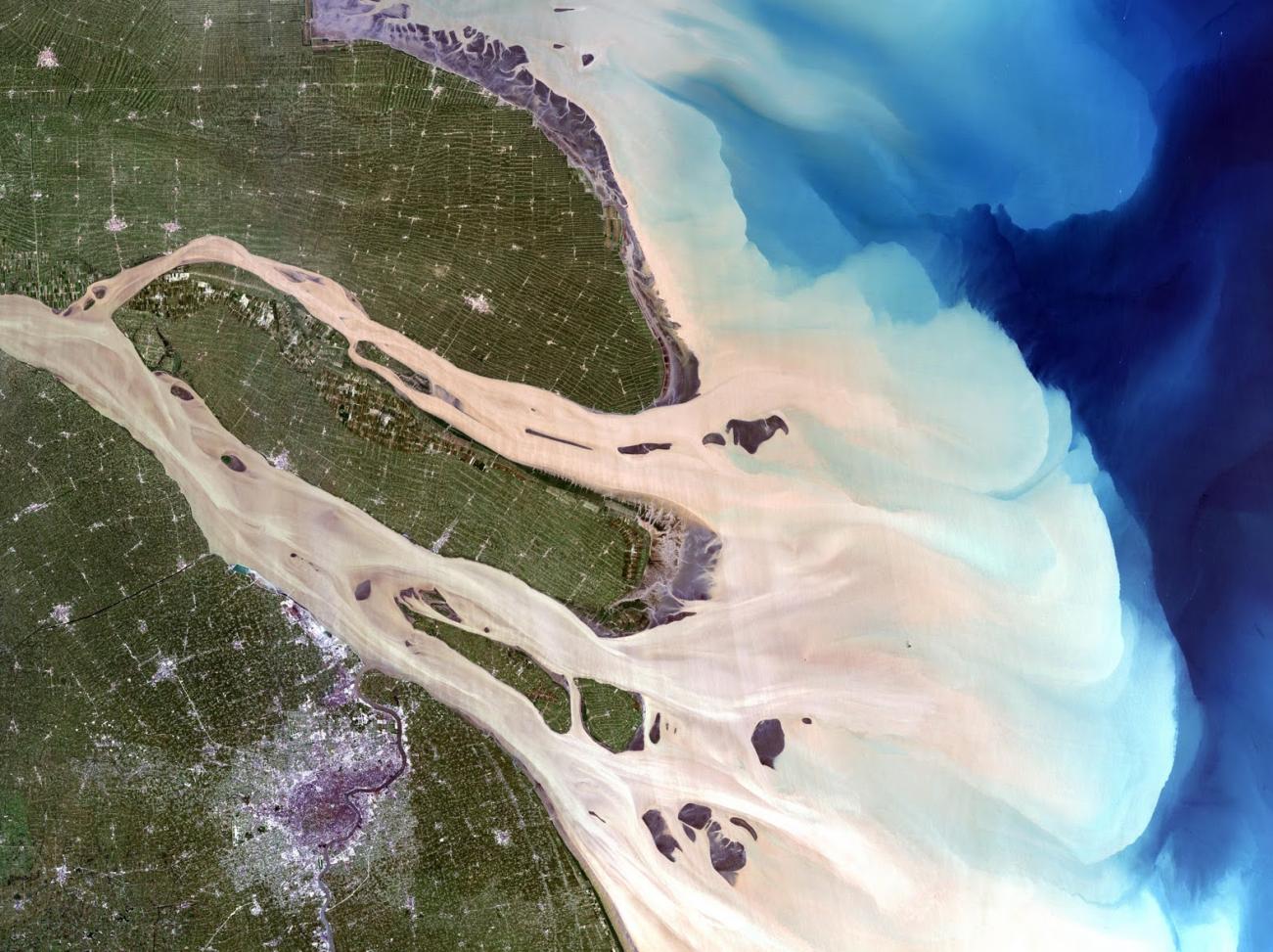- Share
- Share on Facebook
- Share on X
- Share on LinkedIn
Recruitment

Start date: 01/11/2024
Project description
The recovery of the mixing energy of saline solutions, such as freshwater/seawater, offers a decarbonated, renewable and non-intermitent energy source, whose potential is comparable to the global demand for electrical energy [1]. This so called “blue energy” is however unexploited as the most advanced processes, based on selective membranes, deliver power densities of the order of 1 W/m² of membrane, much too low to be economically viable. It is now established that the main limiting phenomenon called concentration polarisation, located at the membrane/bulk fluid interface, is associated to the slow 1D diffusive transport transversally to this interface. To circumvent this issue, we tackle the challenge of osmotic energy harvesting with a completely different perspective considering a membrane free approach. We propose a process based on pure water filling/emptying cycle of hydrophobic and ion-selective nanoporous particles [2], that we call volume swing osmosis (VSO). This approach leverage quick 3D diffusive transport around each micron size particles, which prevent concentration polarisation during filling/emptying.
This VSO system converts osmotic energy into high pressure hydraulic energy during a cycle [3]. High osmotic pressure of several hundreds of bars can be handled compatible with the usage of saturated brine corresponding to high power densities. For saturated NaCl brine a power of a few kW per kg of nanoporous material is expected which is of the same order of a Li/ion battery.
The goal of this applied project is to built a lab prototype in order to demonstrate this new energy recovery approach and to characterize its performances. The corne stone of the prototype will rely an an existing measurement apparatus which will be adapted to carry out the energy conversion process of interest by mean of additional hydraulic equipments integrated to this apparatus. The recruited person will have the opportunity to interact with researcher and PhD students working on this fundamental aspect related to this system.
Profile
Candidates should have a strong background in process engineering. Good knowledge in hydraulics and high pressure equipments will be appreciated as well as good skills in instrumentation. The candidate should appreciate both team work and work in autonomy. The candidate should be force of proposal, motivated by innovation and fill at ease with challenges!
Application
Please submit by email the following documents:
- A curriculum vitae
- Provide details of at least 2 referees
- A cover letter with details about future plans.
You will be contacted by email if your skills and experience match the profile.
References
[1] B. E. Logan and M. Elimelech. Membrane-based processes for sustainable power generation using water. Nature, 488.7411 (2012), DOI: 10.1038/nature11477.
[2] M. Michelin-Jamois et al. Giant osmotic pressure in the forced wetting of hydrophobic nanopores, Phys. Rev. Lett. 115 (2015), DOI: 10.1103/PhysRevLett.115.036101.
[3] C Picard, E Charlaix, and W Chèvremont. Method for converting osmotic energy into hydraulic energy and for desalination WO2022/258912. 2022.
Download
vso-liphy.pdf (PDF, 808.18 KB)
Contact
Cyril PICARD
MODI team
cyril.picard univ-grenoble-alpes.fr (cyril[dot]picard[at]univ-grenoble-alpes[dot]fr)
univ-grenoble-alpes.fr (cyril[dot]picard[at]univ-grenoble-alpes[dot]fr)
- Share
- Share on Facebook
- Share on X
- Share on LinkedIn